Panel Discussion for CINEMA TOTAL
Part of the Berlinale International Film Festival
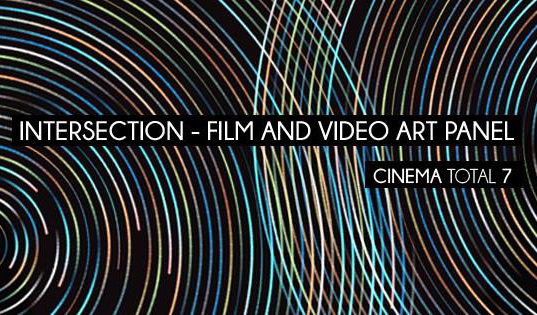
In cooperation with .CHB Collegium Hungaricum Berlin
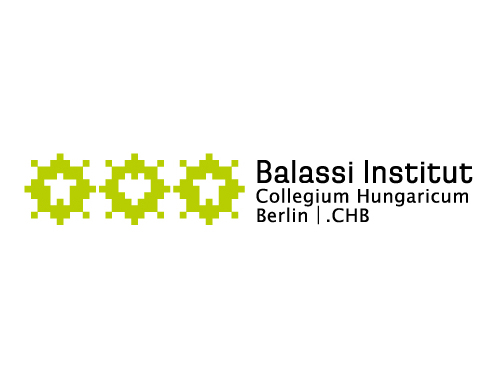
18:00 – 20:00 on 10 FEBRUARY 2014
Venue: Panorama Hall, Collegium Hungaricum, Dorotheenstrasse 12, 10117 Berlin-Mitte
Speakers:
Candice Breitz, Theo Eshetu, Zuzanna Janin, Bjørn Melhus, Reynold Reynolds
Moderated by David Elliott
Language: English
– Free and Open to the Public –
Cinema Total’s special focus in 2014 is the intersection of film and video art. This panel explores the increasingly osmotic borders between film and video art, which find more filmmakers creating gallery-based work and artists making works inspired by cinema and its methods.
In its 7th edition, Cinema Total is a 5 day series of events about Central and Eastern European film and filmakers, hosted by .CHB during the Berlinale, exploring the intersection of film and video art, alongside its usual programme for film professionals. A specially curated selection of film and video art works will be shown in the studio gallery, as well as on .CHB’s media facade. On Monday, Feb 10th a panel discussion moderated by David Elliott and co-curated by MOMENTUM will delve into the increasingly osmotic borders between film and video art, which find more filmmakers creating gallery-based work and artists making works for cinema.
The panel discussion is accompanied by a screening of video works by artists on the panel and others working on the permeable borders between art and film. The screening will take place on the media facade of the .CHB, as well as in the .CHB Studio Gallery.
PANELISTS:
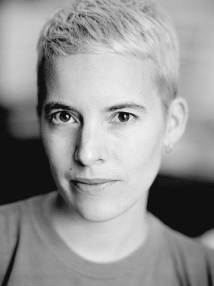
Candice Breitz
Candice Breitz (born 1972, Johannesburg) is a South African artist who works primarily in video and photography. She currently lives in Berlin, and has been a tenured professor at the Braunschweig University of Art since 2007. Through her pointed and deftly edited video installations, Candice Breitz looks at the stereotypes and visual conventions in film and popular culture. These videos often explore the relationship between the god-like presence of pop stars and actors, and their awestruck fans.
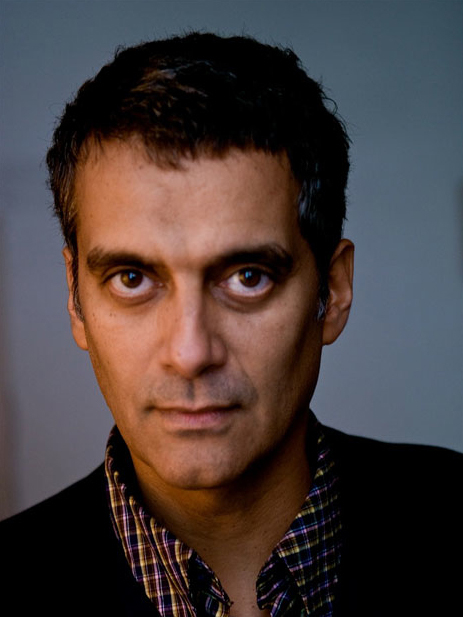
Theo Eshetu
Theo Eshetu (born 1958, London) his childhood was spent between Ethiopia, Senegal and Yugoslavia, among other nations. Theo Eshetu has worked in media art since 1982, creating installations, video art works, and television documentaries. As a video maker, he explores the expressive capabilities of the medium and the manipulation of the language of television. Exploring themes and imagery from anthropology, art history, scientific research, and religious iconography, he attempts to define how electronic media shapes identity and perception. World cultures, particularly the relationship of African and European cultures, often inform Eshetu’s work.
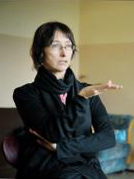
Zuzanna Janin
Zuzanna Janin (born 1964, Warsaw) is a Polish visual artist and former teenage actor in a Polish serial “Madness of Majka Skowron”. Janin has created sculpture, video, installation, photography and performative works. The central theme of artist’s works is: the space (soft sculptures from silk – Covers), memory (instalation Memory) and time (photo-sculptures Follow Me, Change Me it’s Time, cotton-candy Sculptures / Sweet Sculptures, video-installation I’ve Seen My Death). Janin incarnates into the figures and situations and explorates the experiences making a quasi-documentation video out of it.
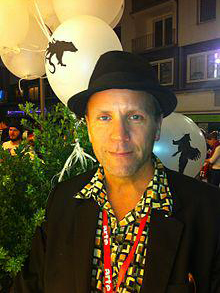
Björn Melhus
Björn Melhus (born 1966, Kirchheim unter Teck) is a German-Norwegian media artist. In his work he has developed a singular position, expanding the possibilities for a critical reception of cinema and television. His practice of fragmentation, destruction, and reconstitution of well-known figures, topics, and strategies of the mass media opens up not only a network of new interpretations and critical commentaries, but also defines the relationship of mass media and viewer anew.
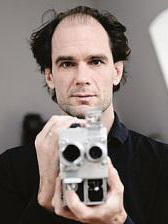
Reynold Reynolds
Reynold Reynolds (born 1966, Central Alaska) studied Physics at the University of Colorado. Changing his focus to studio art he remained two more years in Boulder to study under experimental filmmaker Stan Brakhage. Influenced early on by philosophy and science, and working primarily with 16mm as an art medium, he has developed a film grammar based on transformation, consumption and decay. Detailed evolving symbols and allusive references create a powerful pictorial language based on Reynolds’ analytical point of view.
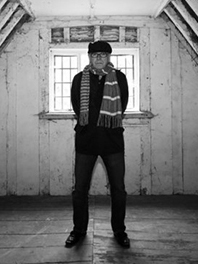
David Elliott
Davıd Elliott is an English born curator and writer. From 1976 to 1996 he was Director of the Museum of Modern Art in Oxford, England, Director of Moderna Museet [The National Museum of Modern and Contemporary Art] in Stockholm, Sweden (1996-2001), founding Director of the Mori Art Museum in Tokyo (2001-2006), the first Director of the Istanbul Museum of Modern Art [Istanbul Modern] (2007), Artistic Director of the 17th Biennale of Sydney (2008 – 2010) and Artistic Director of the 1st Kiev International Biennale of Contemporary Art (2011-12), Rudolf Arnheim Guest Professor in Art History at the Humboldt University, Berlin (2008) and Visiting Professor in Museum Studies at the Chinese University in Hong Kong (2008/11/13). From 1998 until 2004 he was President of CIMAM (the International Committee of ICOM for Museums of Modern Art). He is Hon President of the Board of Triangle Art Network/Gasworks in London and on the Asia Advisory Board of the Guggenheim Museum in New York.


 Back to Homepage
Back to Homepage